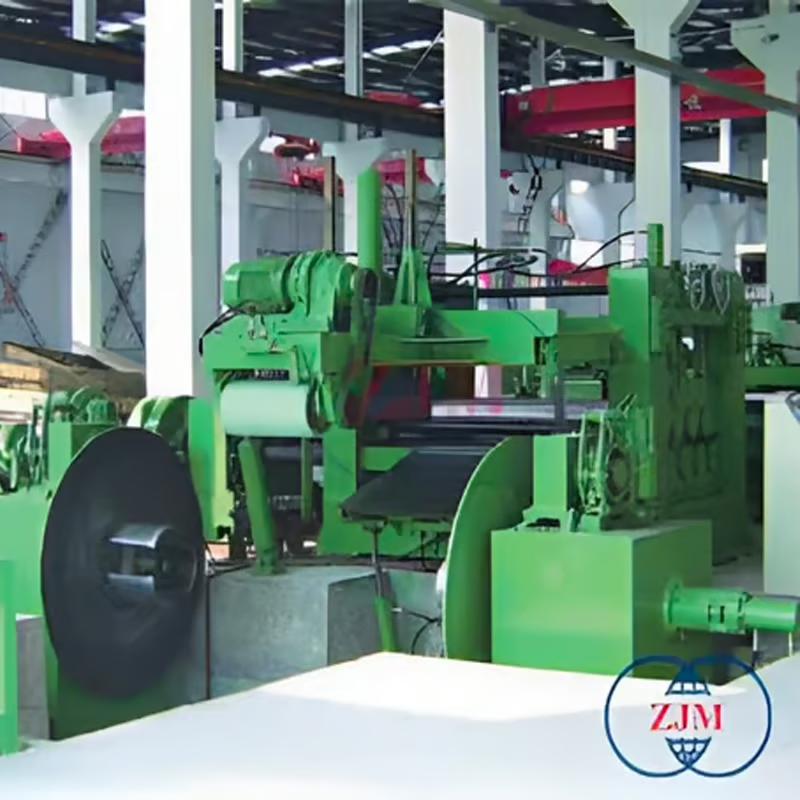Slitting is a process used in manufacturing industries to cut a large roll of material into narrower rolls. This process is commonly used for materials such as paper, plastic, metal, and textiles.
The Purpose of Slitting
Slitting serves the purpose of producing multiple narrower rolls from a single wider roll. This process is essential for various industries that require materials in different widths.
Types of Slitting Techniques
There are several types of slitting techniques, including shear slitting, razor blade slitting, crush cut slitting, and rotary slitting. Each technique is used depending on the material being slit and the desired outcome.
Benefits of Slitting
Slitting offers numerous benefits such as increased efficiency, cost-effectiveness, and customization options. By using slitting, companies can optimize their production processes and meet specific requirements.
Common Industries that Use Slitting
Slitting is widely used in industries such as packaging, printing, textiles, automotive, and electronics. These industries rely on the precision and accuracy of slitting to ensure quality products.
Factors to Consider in Slitting
When performing slitting, factors such as material type, thickness, width, tension control, and blade selection must be carefully considered to achieve the desired results. Proper optimization of these factors is crucial for successful slitting.
Slitting Machine Technology
Advancements in technology have led to the development of highly specialized slitting machines that offer automated controls, precision cutting, and faster production speeds. These machines play a crucial role in the efficiency of the slitting process.
Challenges in Slitting
Despite its benefits, slitting can pose challenges such as material wrinkling, edge quality issues, and blade wear. Addressing these challenges requires expertise and specialized equipment.
Quality Control in Slitting
To ensure the quality of slit products, quality control measures such as regular inspections, calibration of equipment, and proper maintenance of blades are essential. These measures help prevent defects and maintain product integrity.
Future Trends in Slitting
The future of slitting is likely to see advancements in automation, digitalization, and sustainability efforts. Companies are focusing on improving efficiency, reducing waste, and maximizing output through innovative slitting technologies.
Quote Inquiry
Contact us!

